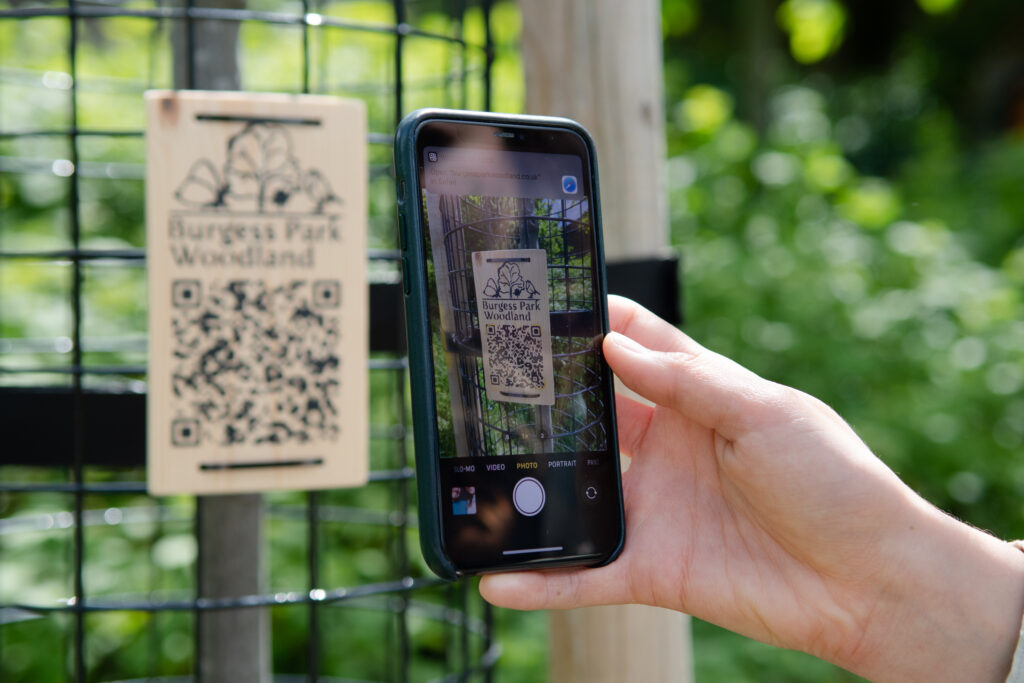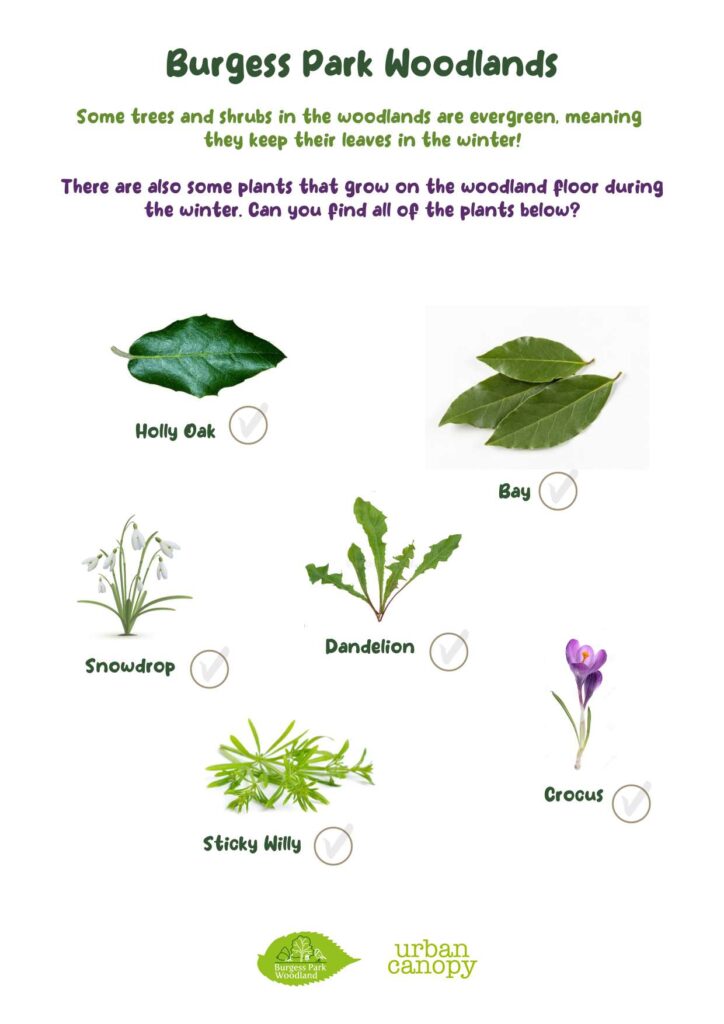You are in:

Woodland Marker #1 part of the Woodland Trail installed by the Friends of Burgess Park

A bold and much loved little bird with a tuneful song, they prefer ivy and other shrubs in which to build a nest of dead leaves, moss and hair.
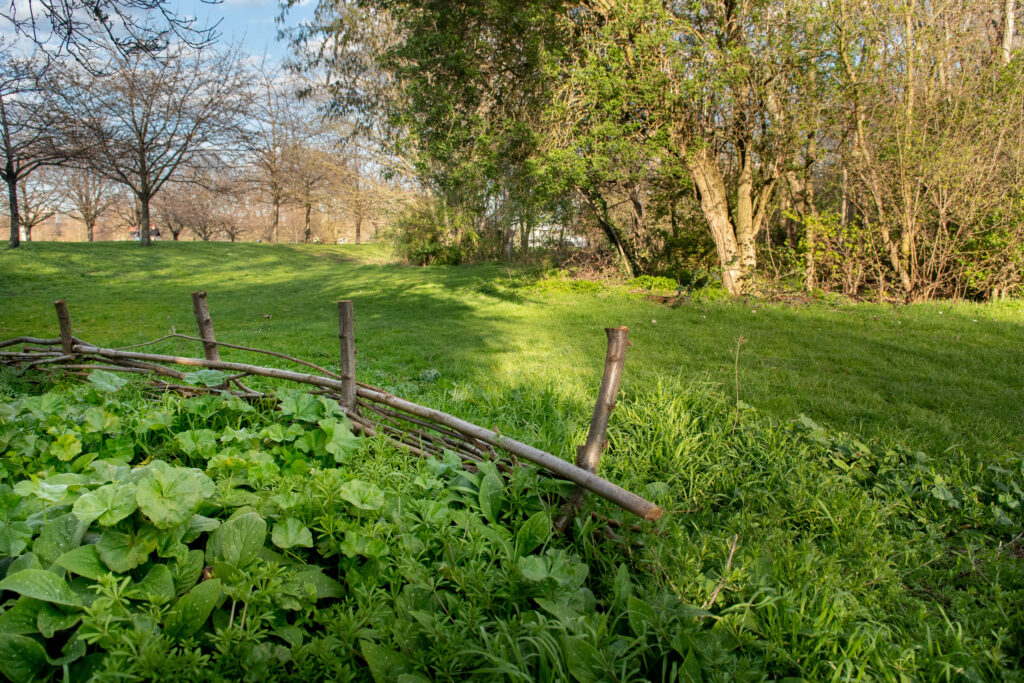
About St George's Way Copses
Running parallel to St George’s Way, creating a wide buffer to the road and park edge. A mix of tree species, densely planted in the 1990s by Groundwork, but have had little maintenance. They lack diversity in tree, shrub and ground cover species, meaning many trees have struggled to find room to spread. Open grassy areas run between them, creating sunny edges where more diverse species grow. Species include Hazel or Cobnut Corylus avellana, Prunus including Bird Cherry Prunus padus and Wild plum Prunus domestica spp. Oak Quercus robur, White Poplar Populus alba, Privet Ligustrum spp, Holm Oak Quercus ilex, Birch Betula spp and Elder Sambucus nigra can also be found. Dead wood is a vital element of woodland ecosystems, providing habitat for invertebrates and can be left where it falls, left standing or stacked as dead hedges.

What to look out for
Crocus appear in February, and by March Cow Parsley Anthriscus sylvestris is growing thickly and the wild plums are covered in white or pink flowers. By early summer the Cow Parsley will be covered in delicate white lacy flowers, hazelnuts will have started to form in clusters and green plums will be ripening. By late summer, the woods will be dryer and fungi will start to appear especially after rain. In autumn, hazelnuts will be ripening (the squirrels will get the most!) and the leaf colour will start turning.
Every tree has different bark, buds and leaf shapes. Have a good look and learn to recognize the difference.
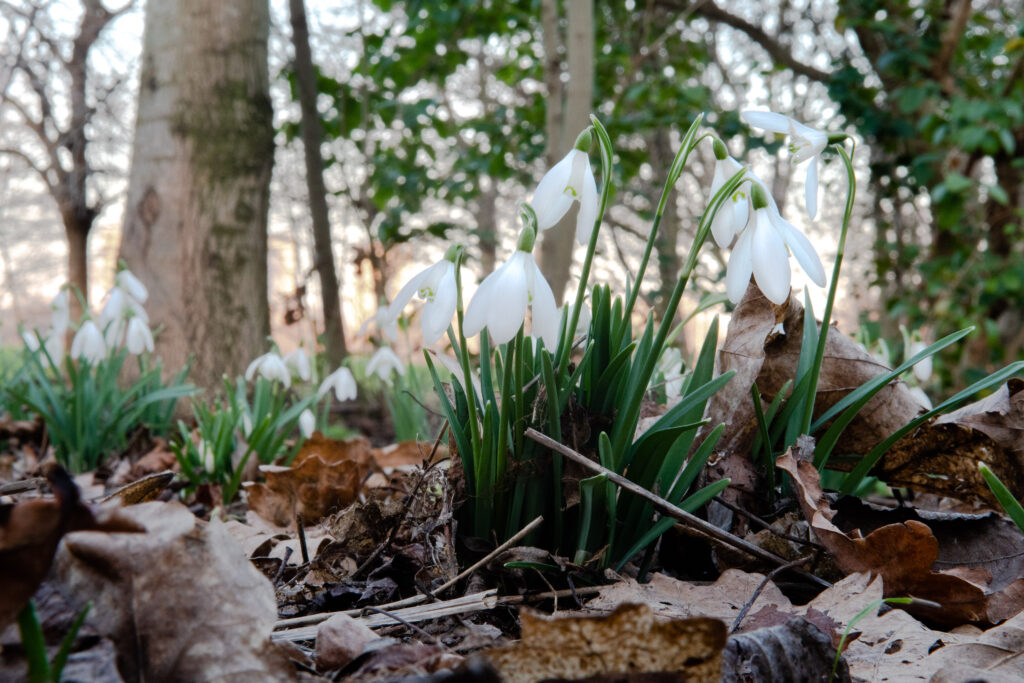

Hazel is one of the more common tree species in the copses. The catkins hang on the trees long before the leaves and are an early sign of spring. The catkins are the male flowers, look for tiny red tufts on the same branches which are the female flowers. Wind pollinated, on warm, breezy days you can see the pollen drifting in clouds. Traditionally the timber is used for many purposes and can be harvested in roughly 7 year cycles, regularly cut down or coppiced, to encourage new growth of long straight shoots known as poles, trimmed for stakes and firewood. A number of hazels were coppiced this spring, and the timber taken for bean poles and woven into low wattle fences.
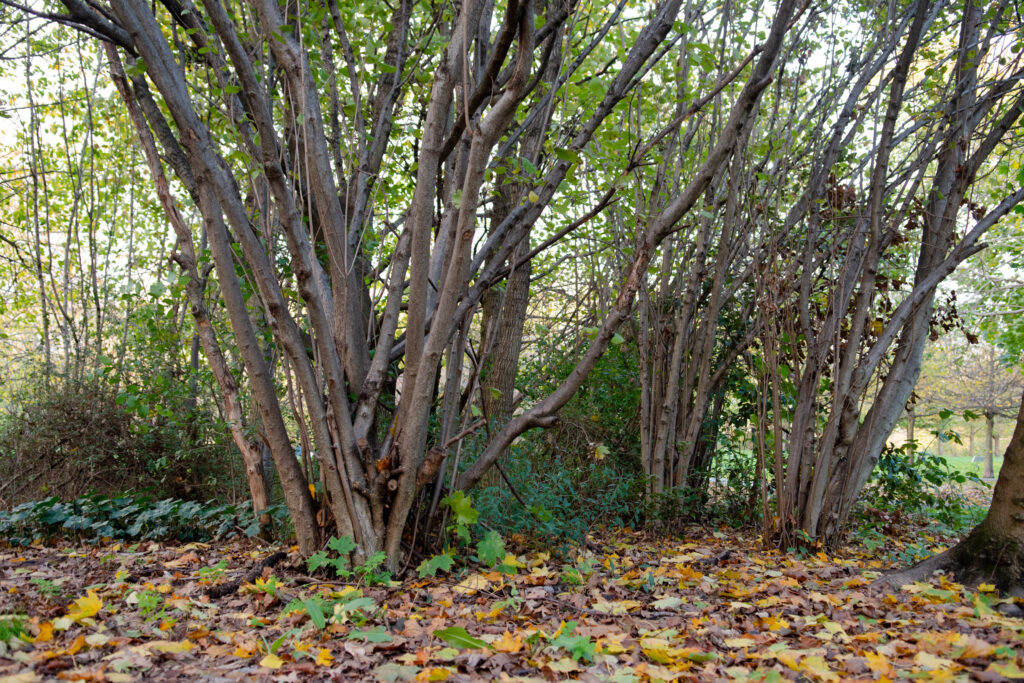

Woodland Maintenance
Winter 2022/2023
Recent work by woodland volunteers has improved the path, coppiced hazels, removed old weed control fabric, built a stag beetle loggery, created woodpiles, dead hedges and woven wattle hurdle edges to create wildlife friendly areas with reduced access for human visitors. Southwark Council have supplied whips (small trees) to plant including Hornbeam Carpinus betulus, Hazel, Guelder Rose Viburnum opulus, Blackthorn Prunus spinosa and Holly Ilex aquifolium. Some additional work by Complete Ecology thinned some tree species leaving brash and timber in situ.

Things to do


Impact Reporting
We recently crowdfunded a report from London Wildlife Trust on the overshadowing of Southampton Way Woodlands & St George’s Way Copses.
London Wildlife Trust have told us the Burgess Park woodlands have a special value:
- The woodlands have ecological value to the broader parkland, reflecting the recognition of Burgess Park’s potential biodiversity value for local people.
- The significance of the local bat population and the role the park plays in supporting that bat population foraging and the impact of building lighting.
- The building shading on the ecological area immediately to the north of the proposed development site are not insignificant and may have considerable long-term effects on woodlands, woodland species and pollinators.
- The cumulative effects from proposed developments along Parkhouse Street.
- Negative long-term habitat and species impacts on protected and/or priority species.
- Burgess Park is a Site of Borough Importance for Nature Conservation in Southwark, it is of authority-wide value.
Welcome to Burgess Park Woodland Trail!
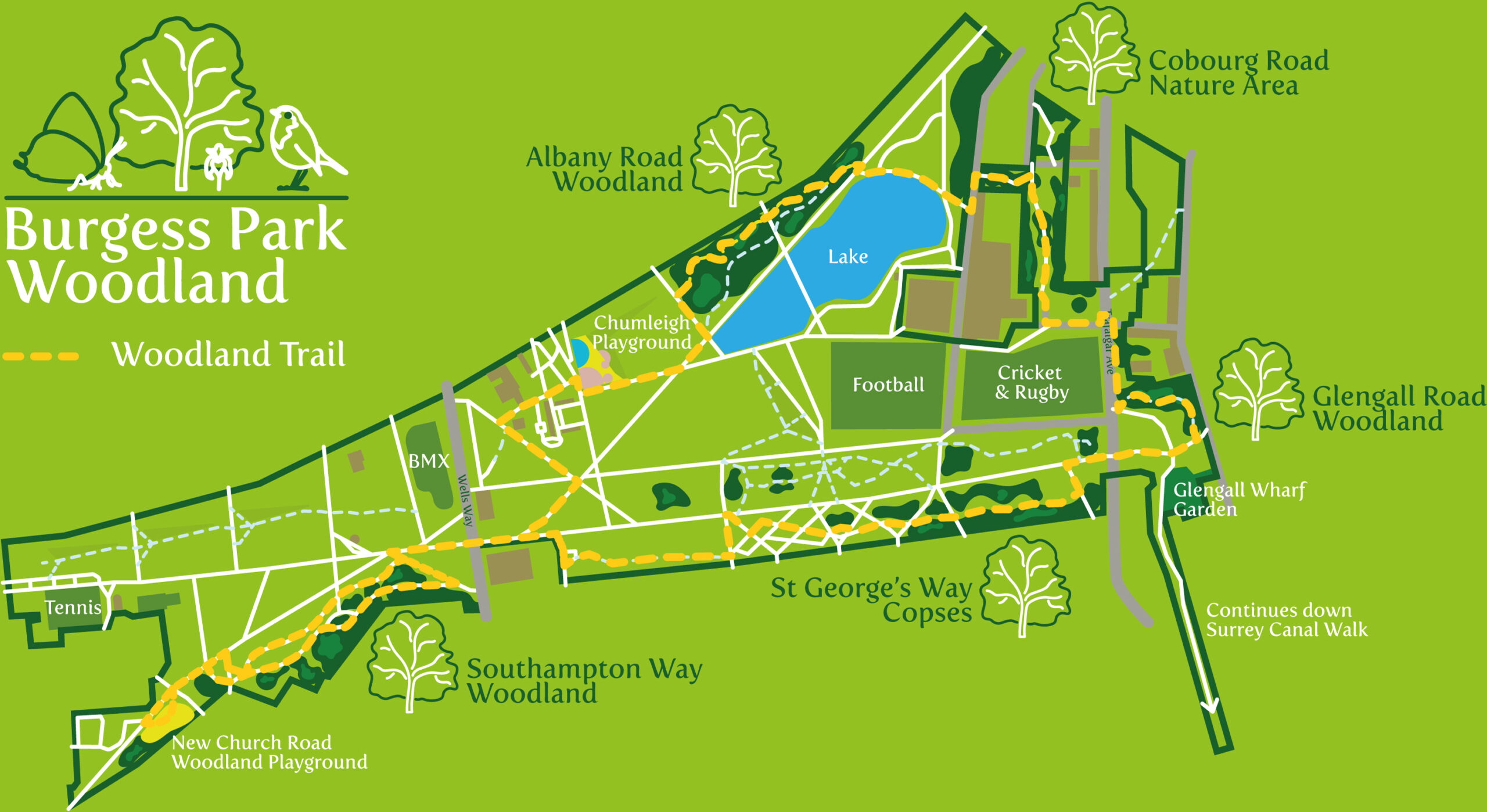
Explore Burgess Park Woodland - Follow our Woodland Trail!
Look out for our wooden woodland markers throughout Burgess Park and follow them on a route through the woodlands.
Scan the QR codes on each with the camera on your smartphone and find out interesting facts about the woodlands and the history of the area.
You will even find a different animal on each sign – the QR code will show you a short fact about the animal you have found!
